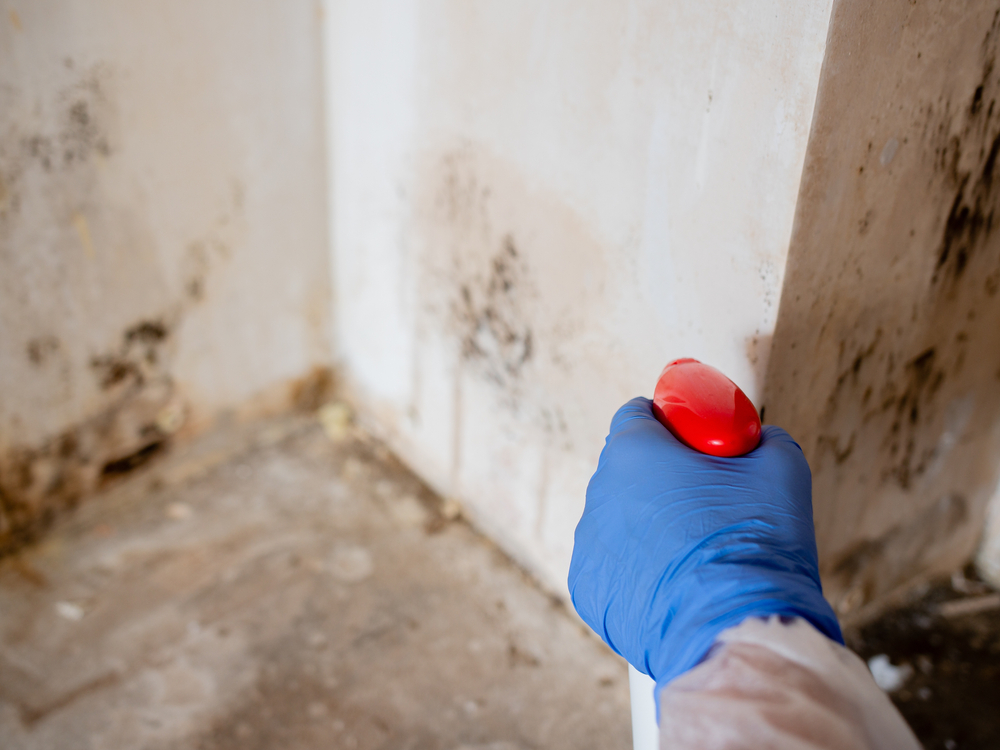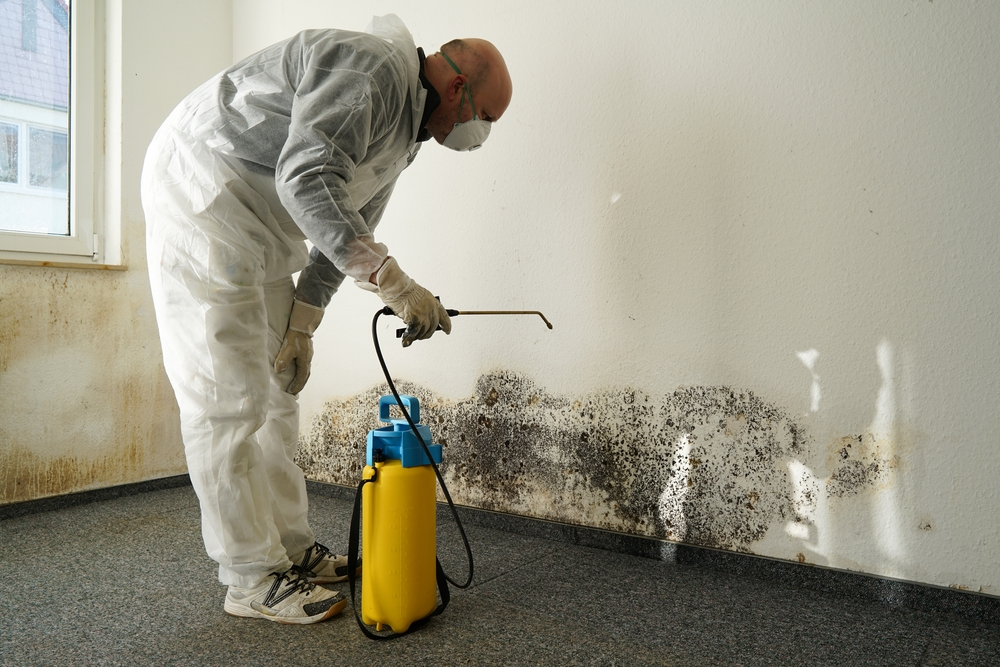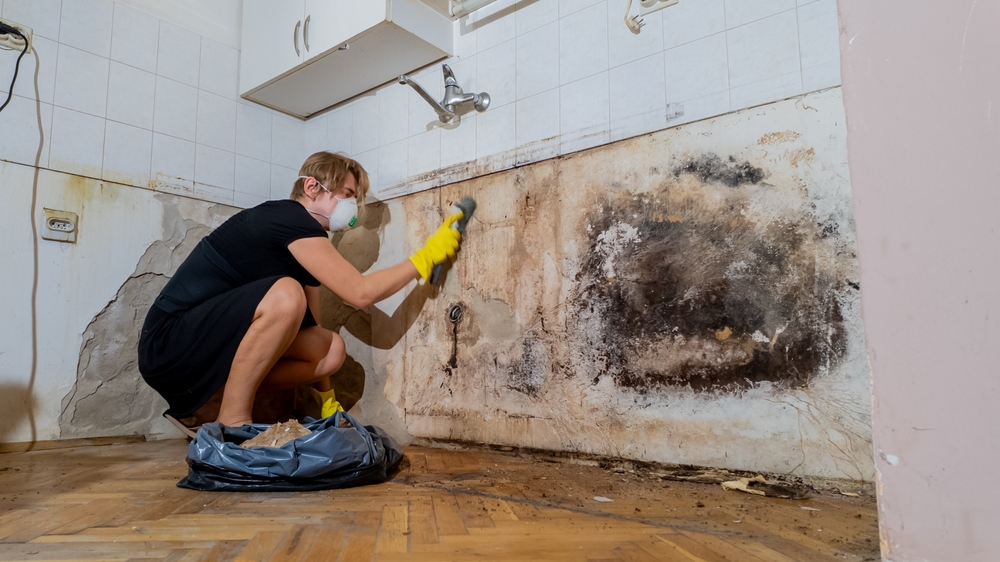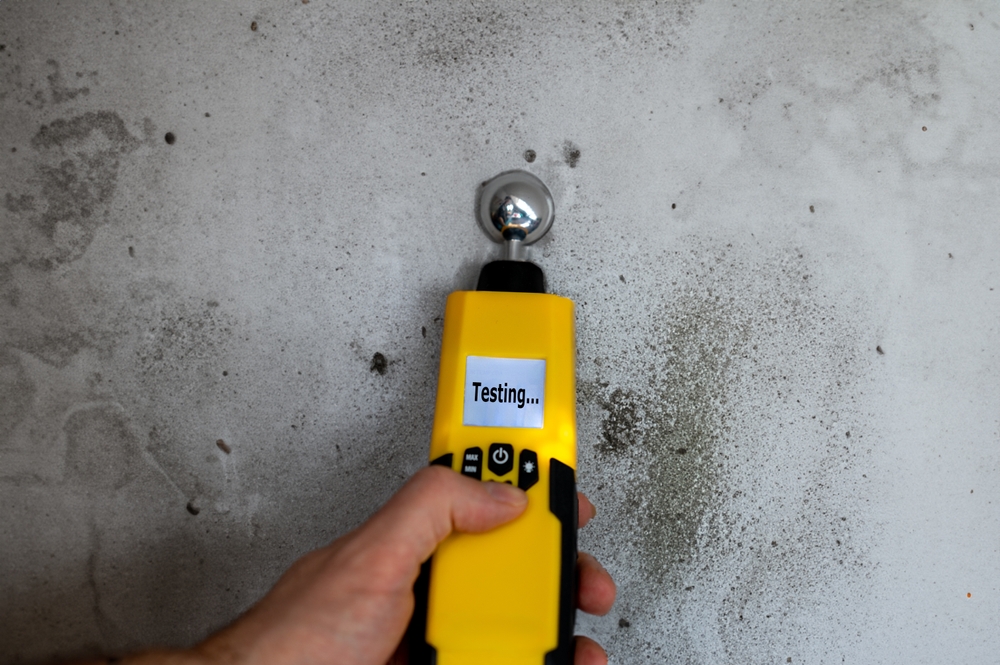Though they have great character and appeal, older Philadelphia homes also provide special difficulties, particularly with regard to mold. Older building techniques, antiquated plumbing systems, and materials that might not resist current moisture levels abound in many antique homes. They are thus especially prone to mold development, which if neglected can cause major issues.
Any house can have mold that compromises either property value or health. Untreated, common mold problems can aggravate allergies, respiratory conditions, and cause major structural damage that is more costly to fix. Maintaining a safe and healthy interior environment for Philadelphia renters and homeowners depends on knowledge of and solution for mold issues. By acting early, one can avoid long-term effects and help to maintain the integrity of these lovely houses.
Common Mold Problems in Older Philadelphia Homes
Basement Mold
Common sites for mold development in older Philadelphia homes are their basements. Leaky foundations and inadequate drainage cause great humidity in many of these areas. Many older basements lacked appropriate waterproofing, which lets moisture pass through floor and walls. Furthermore, insufficient ventilation can retain moisture, therefore providing a perfect habitat for mold to grow and spread.
Key Causes of Basement Mold:
- High Humidity Levels: Natural dampness in underground areas raising moisture levels is known as high humidity levels.
- Poor Drainage: Bad drainage surrounds the foundation that causes pooling of water.
- Leaky Foundations: Over time, cracks in floors or walls allowing water access let.
- Inadequate Ventilation: Insufficient ventilation causes limited airflow, so depriving the area of appropriate drying out ability.
Ignoring mold in basements can rapidly worsen the situation. Spores from mold can travel to furniture, stored goods, even HVAC systems, so contaminating the house. Frequent inspections combined with quick response can help to contain and stop more damage.

Attic Mold
Another hotspot for mold in older homes are their attic. A big factor is roof leaks; older roofs are more likely to be worn down. Inadequate insulation and bad ventilation aggravate the issue by allowing condensation to develop and by trapping moisture. These factors provide ideal habitat for mold, which might compromise the roof’s structural integrity.
Key Causes of Attic Mold:
- Roof Leaks: Damage to shingles or worn flashing that lets water seep in undetectably causes roof leaks.
- Poor Ventilation: Trapped warm air causes condensation to accumulate on surfaces.
- Inadequate Insulation: Allows heat transfer, increasing moisture levels and encouraging mold growth.
Unchecked attic mold can damage wooden beams and insulation materials, leading to costly repairs. Addressing ventilation and correcting leaks are critical steps to reducing attic mold issues.
Bathroom Mold
Bathrooms are naturally humid settings, making them great locations for mold growth. In older homes, poor ventilation is a typical concern, as many bathrooms were not originally fitted with exhaust fans. Leaky pipes and fixtures can also contribute to persistent moisture problems, which promote the growth of mold on walls, ceilings, and grout lines.
Key Causes of Bathroom Mold:
- High Humidity: Steam from showers and baths that lacks sufficient ventilation.
- Poor Ventilation: Lack of exhaust fans or operable windows to evacuate damp air.
- Leaky Fixtures: Dripping sinks, tubs, or toilets that produce constant moisture sources.
To battle bathroom mold, homeowners can ensure appropriate ventilation by installing exhaust fans or opening windows. Regularly cleaning surfaces and treating leaks promptly can prevent mold from taking hold.
Kitchen Mold
The kitchen is another area where mold can develop. Leaks near sinks, dishwashers, and refrigerators are common culprits. Cooking and dishwashing produce steam, contributing to the humidity in the air. In ventilation systems, grease accumulation can also trap moisture and mold spores, therefore generating a cycle of bad air quality and ongoing growth.
Key Causes of Kitchen Mold:
- Leaky Appliances: Water leaks from sinks, dishwashers, or refrigerators brought on by damaged seals or incorrect connections.
- High Humidity: Steam created when cleaning and cooking.
- Ventilation Issues: Grease blockages and poor airflow stop moisture from leaving.
Kitchen mold hazards can be reduced with regular maintenance including exhaust fan cleaning and leak check-up. Another way to reduce humidity is by using a dehumidifier either during cooking or dishwashing.
Identifying Mold in Older Philadelphia Homes
Though it is not always obvious, there are indicators that would enable you to find mold. Early mold prevention and stop of additional growth depend on regular examinations. First step in protecting your house is knowing where and what to search for.
- Visual Inspection: Search floor, ceiling, and wall discoloration. Though it can also be hidden behind wallpaper, paneling, or inside HVAC vents, mold usually shows as black, green, or white patches. Also suggesting underlying mold issues are peeling paint or bubbling plaster.
- Signs of Water Damage: Look for soft areas in floors and walls, water stains, or warped materials. These show either past or present water intrusion, which might cause mold development. Look for leaks in places around windows, roofs, and plumbing fixtures.
- Increased Allergy or Respiratory Symptoms: Mold could be the reason you or your family cough, sneeze, or find difficulty breathing. Strong evidence that mold is compromising your indoor air quality are ongoing symptoms that get better when you leave the house. Another clue of hidden mold are musty smells.

Prevention Tips
Stopping mold in older houses calls for preventive behavior. Maintaining a mold-free home depends much on small actions. By addressing potential problem areas early, you can avoid the costs and stress of remediation later on.
- Improve Ventilation: Install exhaust fans in bathrooms and kitchens to eliminate excess moisture. Open windows wherever feasible to enable fresh air to circulate. Ensure that your attic and basement have appropriate airflow to prevent dampness from gathering.
- Control Humidity: Use dehumidifiers in wet spaces like basements and attics, especially during humid months. Aim to keep interior humidity levels below 50% by utilizing air conditioners or fans as needed.
- Address Leaks Promptly:Repair any leaky pipes, roofs, or windows as quickly as possible. Even little droplets might lead to considerable mold development over time. Inspect plumbing and roofing periodically for signs of wear and tear.
- Regular Maintenance: Clean gutters to prevent water accumulating around the foundation. Regular roof inspections help you find damage; service your HVAC system to guarantee correct airflow. Watch areas such under sinks and around appliances that might be exposed to water.
- Ensure Proper Drainage: Make sure the ground slinks away from the foundation of your house. This helps water not pool and not seep into your crawl space or basement. Including drainage systems like French drains will help to offer extra defense.
Remediation Strategies
If mold exists in your house already, you have to act right away. The degree of the difficulty will determine the method. Quick resolution of mold problems helps to stop them from getting worse and generating more damage.
- Professional Mold Remediation: See a qualified mold remediation company for major mold problems. Professionals carefully remove mold using certain tools to stop recurrence. To guarantee a long-term cure, they also find and fix the fundamental reasons of mold development, like structural flaws or dampness.
- DIY Solutions for Minor Cases: For tiny spots of mold, you can clean afflicted surfaces using a mixture of water and vinegar or a commercial mold cleaner. Wear protective gear, such as gloves and a mask, to reduce exposure. Following cleaning, always completely dry the area to stop mold from returning. Steer clear of bleach since it might not work very well on porous materials.
- Long-Term Prevention: Once mold is gone, concentrate on avoiding other issues. Address moisture issues, enhance ventilation, and continue regular inspections to catch any new growth early. Consider adding mold-resistant paint in high-risk areas like bathrooms and basements.
Conclusion
Mold is a typical concern in older Philadelphia houses, but it can be managed with awareness and preventative approaches. By identifying typical mold problems and taking steps to prevent and treat them, homeowners can safeguard their health and their property from the damaging consequences of mold.
Stay attentive for symptoms of mold growth and handle issues swiftly. Investing time and effort into prevention can save you from costly repairs and health risks in the future. Don’t hesitate to seek professional aid if you suspect a significant mold problem.
Philadelphia Restoration Services
https://www.google.com/maps?cid=3399342399556699153
+1 267 668 0013
https://philadelphiarestorationservices.com/


